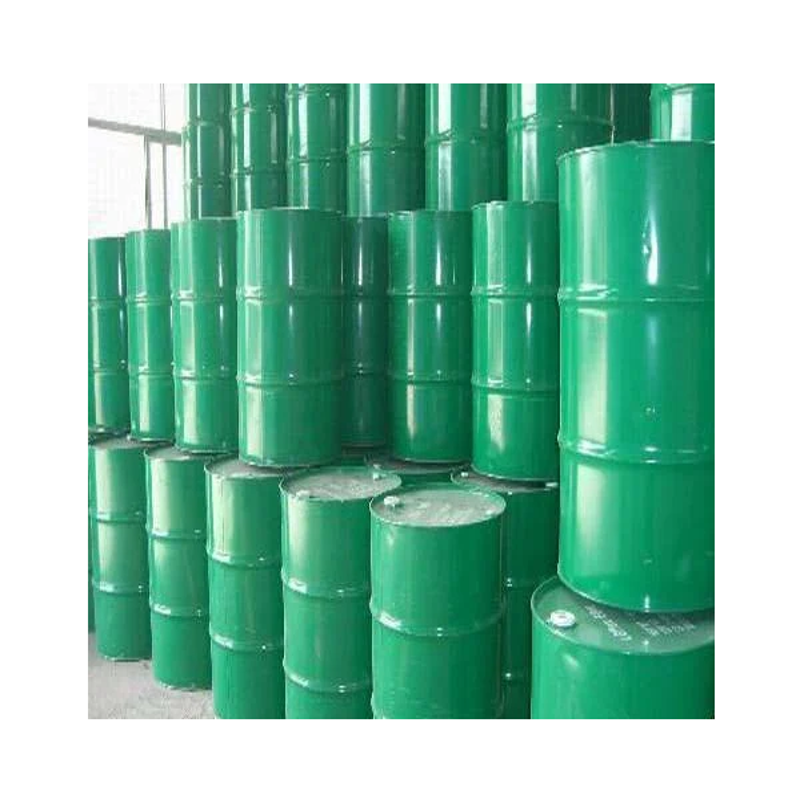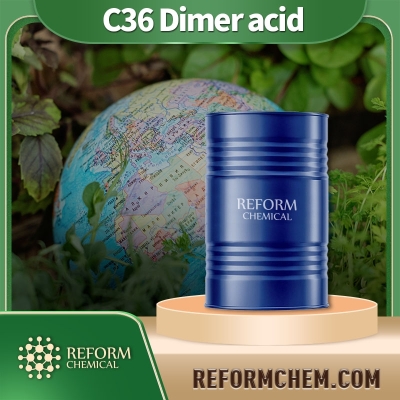-
Categories
-
Pharmaceutical Intermediates
-
Active Pharmaceutical Ingredients
-
Food Additives
- Industrial Coatings
- Agrochemicals
- Dyes and Pigments
- Surfactant
- Flavors and Fragrances
- Chemical Reagents
- Catalyst and Auxiliary
- Natural Products
- Inorganic Chemistry
-
Organic Chemistry
-
Biochemical Engineering
- Analytical Chemistry
-
Cosmetic Ingredient
- Water Treatment Chemical
-
Pharmaceutical Intermediates
Promotion
ECHEMI Mall
Wholesale
Weekly Price
Exhibition
News
-
Trade Service
For the future development direction, we can consider from the following major aspects
.
4.
6.
2.
1 Extend the available spectral range of nano-TiO2
Redshifting the available spectral range of TiO 2 to utilize sunlight will also be an important direction for future development, such as photosensitization
.
Some documents consider from the perspective of materials, according to the working principle of heterostructures, two kinds of semiconductor particles with different band gap widths are coupled into a heterostructure.
4.
6.
2.
2 Catalyst immobilization technology
Although the photocatalytic degradation of suspended TiO 2 has high photolysis efficiency, it is difficult to recycle due to the small particles of TiO 2 powder and is easy to cause loss
.
Therefore, there have been many studies to make TiO 2 into a film and load it on carriers such as glass, silicon wafers, hollow spheres, and sand
Recently, scholars low temperature crystallization of TiO2 launched active research, conventional Ti02 2 crystals require sintering at a temperature of about 400 ℃, high temperature sintering will not only Ti02 2 photocatalytic activity decreases and the high selectivity of the carrier
.
The low-temperature crystallization below 150°C makes it possible for TiO 2 to adhere to organic carriers such as plastics
4.
6.
2.
3 Design of high-efficiency large-scale photocatalytic reactor
For the photocatalytic reactor to utilize solar energy, it is required to have good light transmittance, convenient and simple operation, and low-cost and easy-to-obtain materials
.
During the development period from the small-scale laboratory reaction system to the industrialization stage, the development of high-efficiency and low-cost large-scale reaction systems will also be the focus of work in the future
4.
6.
2.
4 Improve the photocatalytic efficiency of TiO 2
The low photocatalytic efficiency of TiO 2 is an important factor limiting its development
.
From the perspective of photocatalytic mechanism, inhibiting the recombination of photogenerated carriers is the key to improving photocatalytic efficiency
Studies have shown that the use of ultrasound-assisted methods can improve the performance of photocatalytic reactions
.
The application of ultrasound to photocatalysis can delay the recombination of carriers, increase the yield of free radicals such as ·OH, and reduce the adsorption of pollutants on the catalyst surface, thus improving the photocatalytic activity, which is one of the hotspots of research in recent years
4.
6.
2.
5 Explore a new object of photocatalytic decomposition-organic organisms
In recent years, many experts have extended the research field of TiO 2 photocatalysis to the category of biological organisms, discussing how to destroy cell tissues, intercellular membranes and cell membranes
.
The significance of research in this field is not only to find new types of photocatalytic decomposition of polluted objects (such as bacteria, viruses, algae and other organic organisms), but also to explore new methods for the research of killing cancer cells (including HIV)
4.
6.
2.
6 Combined with other water treatment technologies to obtain the best treatment effect
The optimized combination of multiple unit technologies is the development direction of today's water treatment field
.
On the basis of deepening the understanding of photocatalytic oxidation technology, the cooperation with other technologies will open up broader application prospects
One of the main problems affecting the application prospects of photocatalysis is the separation and recovery of suspended catalysts from water, because it is difficult to separate them with traditional solid-liquid separation technologies (flocculation, sedimentation)
.
Many researchers solve this problem by fixing the catalyst on the carrier, but the fixing of the catalyst greatly reduces the reaction efficiency
.
Therefore, in recent years, the process of coupling the photocatalytic oxidation method and the new membrane separation technology has gradually become a research hotspot at home and abroad
.
For example, the photocatalysis/ultrafiltration coupling technology is used to treat the simulated wastewater containing azo dyes directly acid-resistant scarlet 4BS, and the excellent separation ability of the membrane is used to successfully separate TiO 2 and water.
The separation effect is complete, the loss of photocatalyst is less, and the photocatalysis can be maintained.
The amount of catalyst in the reactor also produces a coupling effect, which greatly improves the pollution resistance and service life of the membrane
.
4.
6.
2.
7 Outlook
Numerous studies have proved that the solar photocatalytic oxidation technology has a good treatment effect on natural organic matter, refractory organic matter, pesticides, microorganisms, etc.
, its contact time is short, and the reaction is thorough
.
However, due to the widespread problems of low efficiency, high cost, and complex equipment, the application and promotion of this technology in actual water treatment are limited
.
Although the particularity of the solar photoreactor's requirements for light often requires a huge surface area, because it uses chemical oxidation to degrade pollutants, theoretically, as long as the catalytic activity is improved and the reaction time is as short as possible, it can be fully adapted to industrial scale.
Request
.
Considering comprehensively, in areas with abundant sunlight resources, solar photocatalytic oxidation technology is undoubtedly a suitable process for drinking water treatment and sewage pretreatment
.







